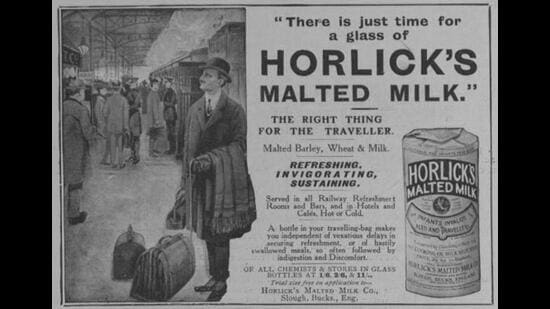What do beer and baby food have in common? Don’t be alarmed; it’s the process of malting.
As any beer enthusiast knows, one doesn’t just mash cereal, add yeast and expect a delicious drink. The starch in cereal grains is a complex polysaccharide, connecting hundreds of glucose units in a chain. Yeast prefers simple sugars, preferably nothing more than three glucose units long. In order to ready the grain for the yeast, one can take any cereal, preferably barley, and trick it into thinking it is time to grow a baby plant by simulating the process of germination.
Triggering germination wakes up enzymes (called diastase) in the grain. These enzymes are key. They are like little factory workers who snip away at the starches around them, turning them into a simpler form of sugar called maltose. While this can be done with any grain, barley is preferred for its high enzyme levels. This process of turning complex starch into maltose is called malting.
Babies, like yeast, are better equipped to digest simple sugars. In 1865, a German chemist named Justus von Liebig patented the first infant formula made out of malt flour, milk, wheat flour and potassium bicarbonate. Just over two decades later, in 1887, the brothers James Horlick and William Horlick, English entrepreneurs, travelled to Chicago to perfect this technique and returned to England to mass-manufacture. They branded their “malted milk” Horlicks. Eventually, they began to market Horlicks to children and adults too. It gained popularity as a nutritious food with travellers such as the Antarctic explorer Admiral Richard E Byrd. It’s been marketed in India since the 1940s as a nutritious drink for the family, and retains a strong following here.
A lot goes into the malt mixes of today (chocolate, vanilla flavouring, protein extract, etc), but interestingly, the initial process remains largely the same. To malt grain, whether for beer or a food supplement, still takes time and labour. First, the grains must be soaked two or three times over several hours. Germination, the second step, starts with small roots and shoots appearing at the end of the moist grains. To promote germination, the grains need to be spread out and turned a few times a day, to prevent overheating and mold. This is done either manually, with a rake, or using pneumatic machines, which are expensive.

Finally, when enough enzymes have been generated (for beer) or enough starches have been converted to simple sugars (for nutritional food), it is time to dry the grain out and stop the germination. Kilning or drying the germinated grain creates the “malted grain”, which preserves all the benefits of a sprouted plant.
Given the complicated process, are the benefits worth it? Well, in the case of beer, malting plus yeast is still the most efficient way to turn grain into alcohol. And humans, through history, have gone to great lengths to produce alcohol. Inca women, for instance, used the enzymes in human saliva, chewing corn and mixing that paste with cooked corn to make chicha, an alcoholic drink popular in parts of South America (the method is still in use among certain tribes).
But what are the advantages of malting in the nutritional mixes? Why not just cook the grain as we normally do? Malting does, in fact, have a number of benefits. It raises the levels of amino acid in grain, decreases levels of anti-nutrient substances such as phytates, and increases the bioavailability of minerals. The sprouting process unlocks the grain and improves the availability of both micro and macro nutrients during digestion. So while it’s a tiresome process, it’s certainly worth it, for the beer and the babies.
Stay connected with us on social media platform for instant update click here to join our Twitter, & Facebook
We are now on Telegram. Click here to join our channel (@TechiUpdate) and stay updated with the latest Technology headlines.
For all the latest Art-Culture News Click Here
